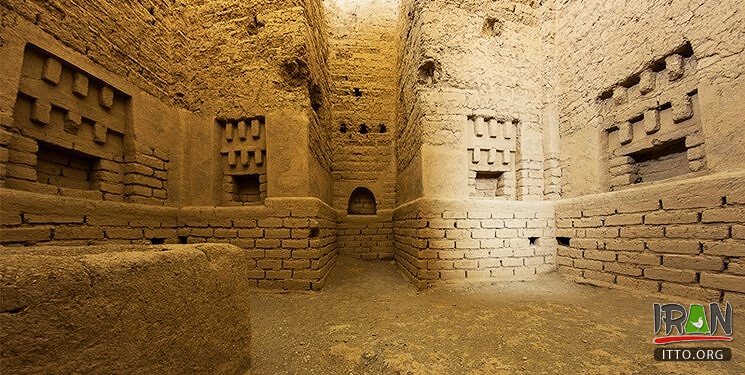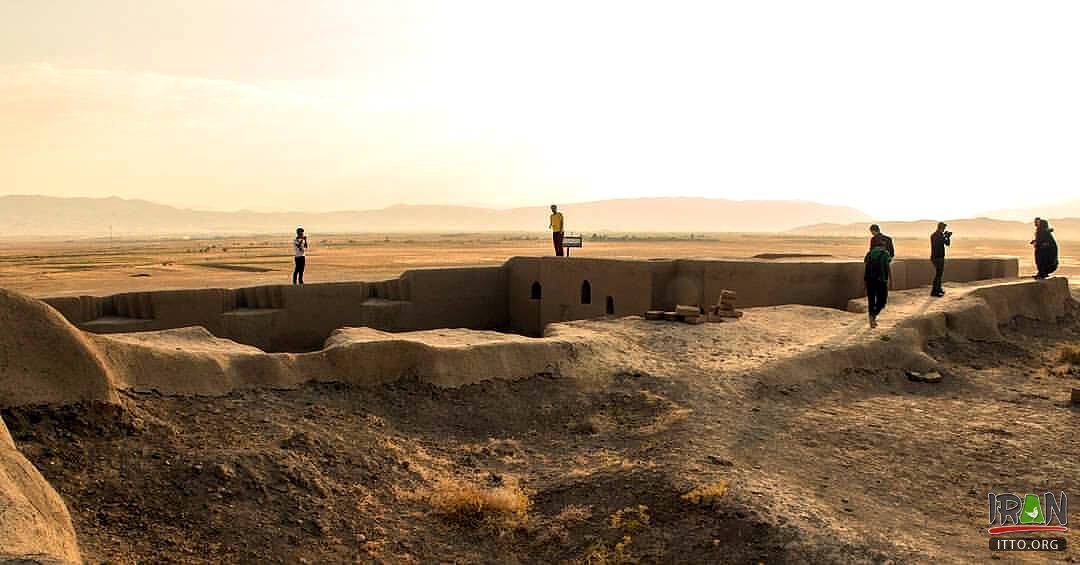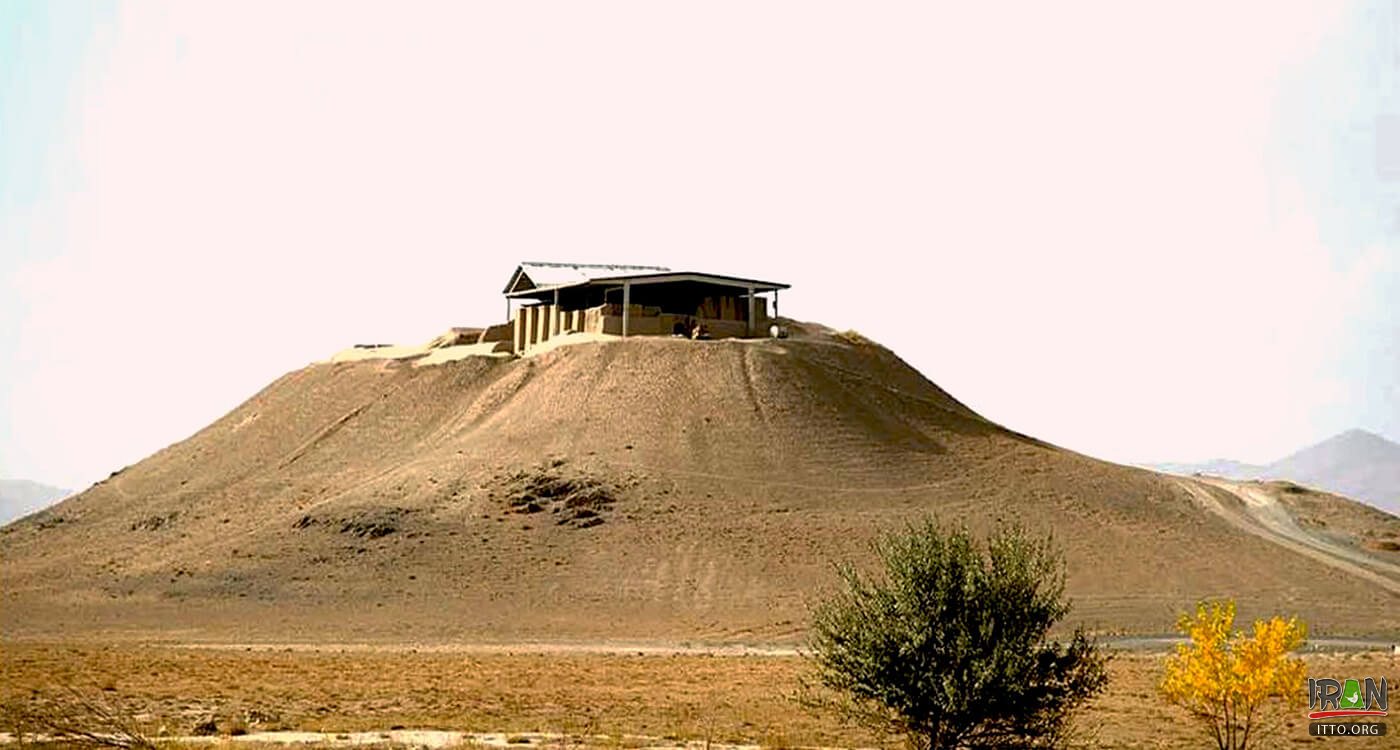Nushijan Citadel (Nooshijan Fire Temple or Noushijan Tappe) lies 20km northwest of Malayer and 60 kilometers away from Hamadan in Hamedan Province, in the district of Shurkat.
In this region three cycles of civilizations have been distinct. The first of which being in the second half of the 8th to the beginning of 6th century BC. and related to the Medes. The architectural relics in this connection are, the fire temple (Atashkadeh) on the western side of the hill, the pillared hall or 'Apadana', the main hall or temple used for worship, chambers, store-rooms, tunnel and ramparts of the castle. The civilizations to follow that is the second and third cycles have not been clarified.

It can be suggested that the first fire temple was in a covered space in Noushijan Tappe and undoubtedly the ceremony had a connection with the developing religious ceremony in the median era.
This Citadel dates back to Iron Age and Medes dynasty. This 3,000-year-old structure is one of the most important Median and Achaemenian sites of Iran. Unique Site As a masterpiece of Iranian architecture, Noushijan Citadel is considered one of the most unique sites of the country. It has been designated as an exemplary tourism site.
This fortress-temple has a village named Avarzaman in its vicinity. When rainfall pours in spring, a shallow attractive lake covers the surface of the knolls.

The main temple (or central temple) is an adobe semicircular octagon. This building is one of the most valuable median buildings.
Excavations of archeologists have brought to light three layers on this ancient hill: the first layer (construction) was built by the Medes, the second by the Achamenians and the third by the Sassanian Dynasty. The first layer was built by the Medes. In this layer, an ancient building in the west wing has been found, which is considered the first fire temple. A fireplace in the south wing shows that related ceremonies were held in this section. The main room in the temple is a cone-shaped structure on the northern side with three ledges, one of which looks like a ventilator.
Towards the south side of the temple, remains of a platform can be seen, which appear to be the base of a temple’s pillar. Remains discovered on this layer include the main temple in the form of a semi cruciferous structure built with the same material as the fort. It seems that after its destruction, it was filled up with slabs of flat stones to protect it.
In the north angle of the corridor, in the main structure, the base of the fireplace and the altar of the temple can be seen. Some ash has also been found
from remains of fire that was lit during ceremonies. The rooms and warehouses are important parts of the first layer of Noushijan Citadel, which consists of walls, tower, living rooms and warehouses.

According to the plan of the discovered building and according to the archaeological and architectural investigations, the building was built before Apadana.
According to the assumption of many archeologists, the ceiling of the rooms and the warehouses were built of wood, but the ceiling of some of the corridors and inner rooms were built in the shape of an arch with large bricks, which are of very high archeological value.
The following story is recounted by the people residing near the Noushijan citadel and temple:
As the story goes, there used to be a golden cup inside the knoll. When people drank water from it, it would say: Noushijan! (the Persian word meaning “enjoy your drink”). This monument was registered on the list of Iran’s national monuments in 1967.

